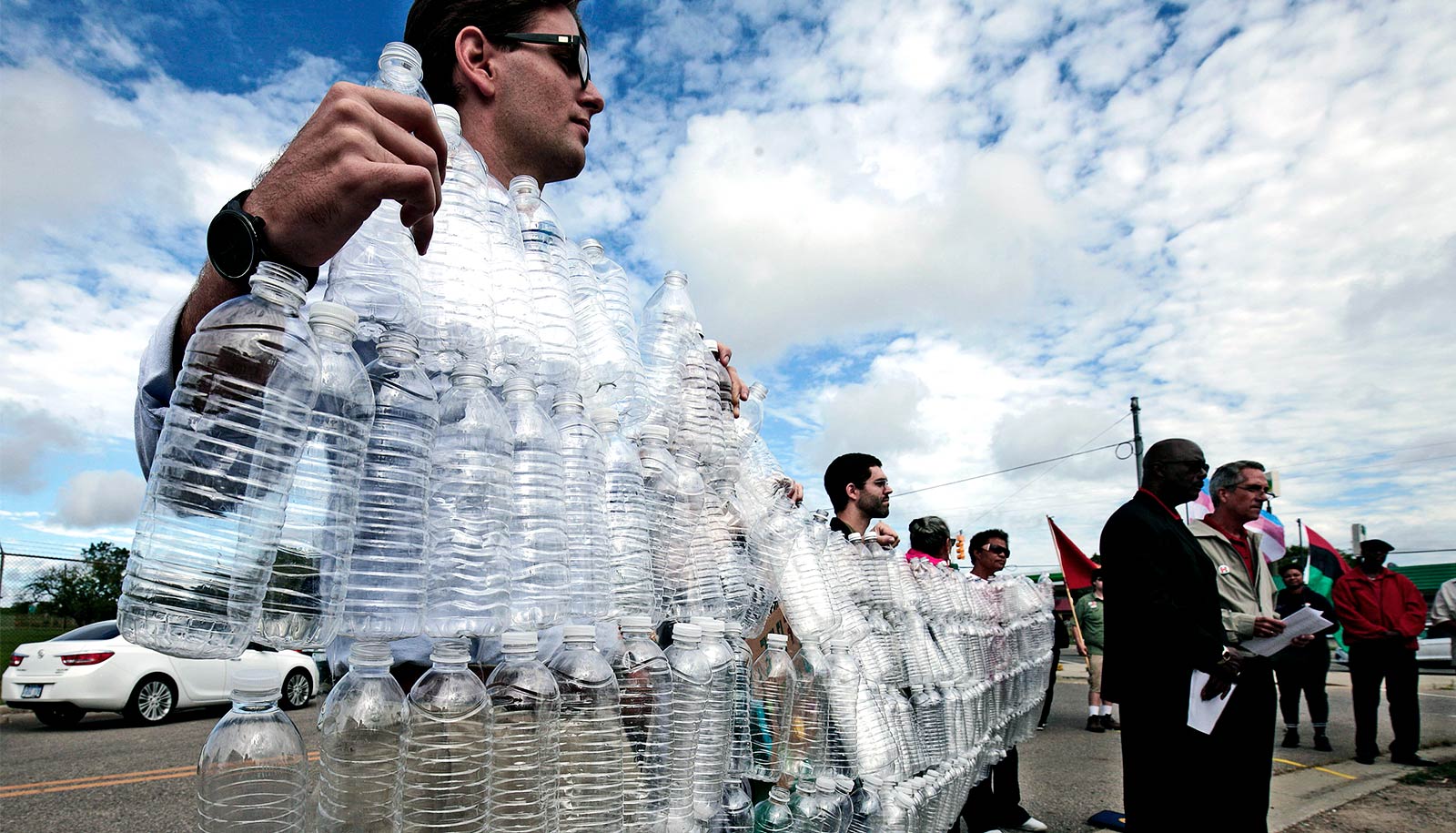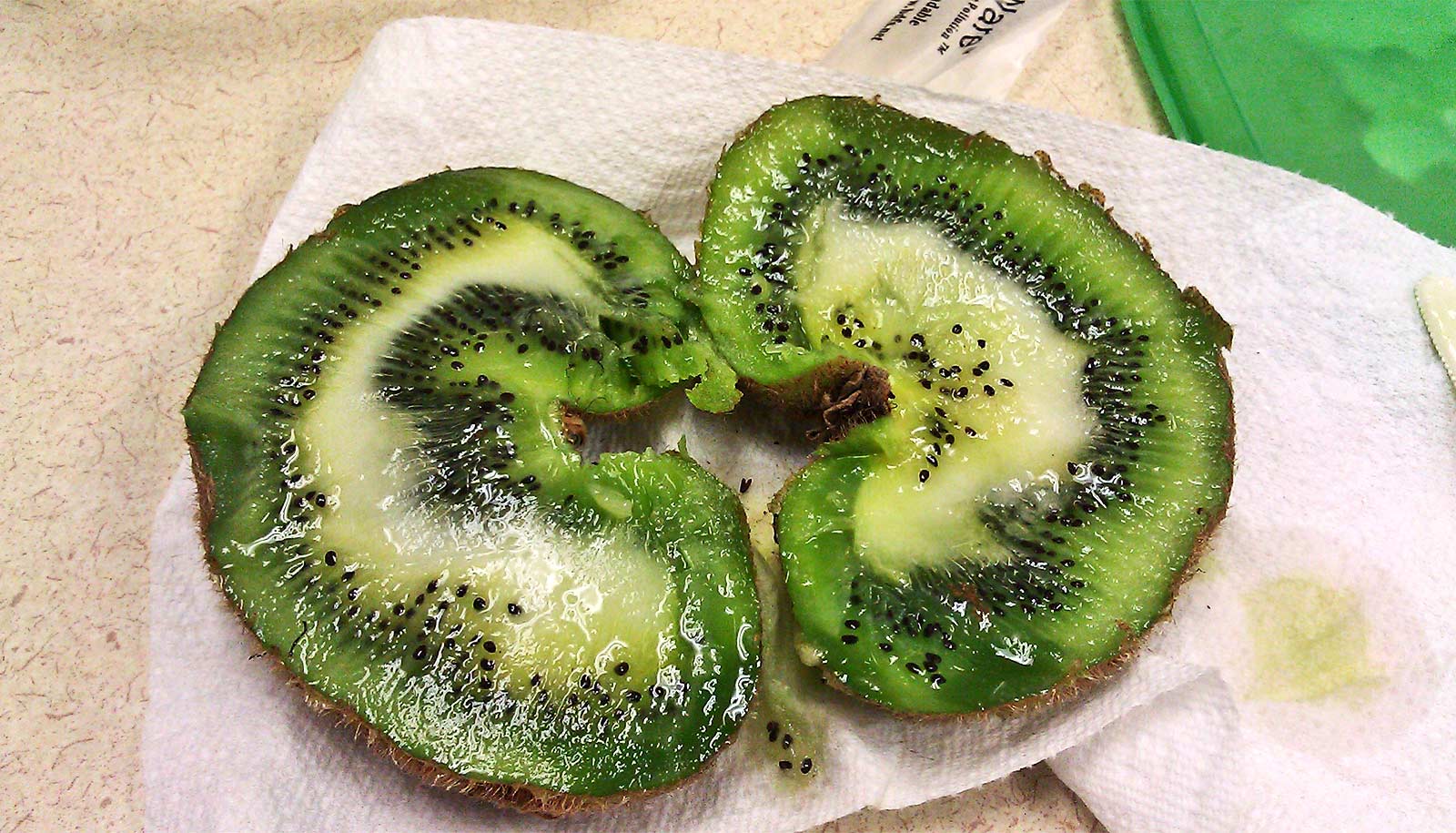Value of manufacturing to UK economy significantly underestimated, report claims
The economic value of manufacturing to the UK is being underestimated in official statistics, potentially by as much as half, presenting significant issues for policymakers, according to a new report from the University of Cambridge.
Cambridge University News •
cambridge
June 12, 2019 • ~5 min
June 12, 2019 • ~5 min
/
23










